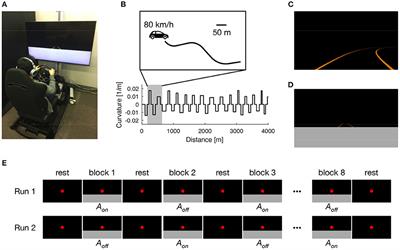EDITORIAL
Published on 25 Apr 2022
Editorial: Cognitive Mechanisms for Safe Road Traffic Systems
doi 10.3389/fnrgo.2022.897659
- 1,219 views
8,400
Total downloads
52k
Total views and downloads
You will be redirected to our submission process.
EDITORIAL
Published on 25 Apr 2022
ORIGINAL RESEARCH
Published on 24 Feb 2022
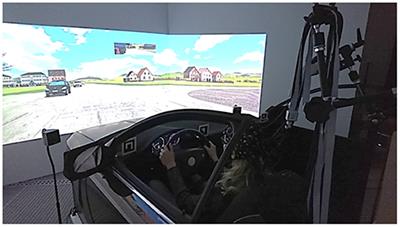
ORIGINAL RESEARCH
Published on 08 Feb 2022
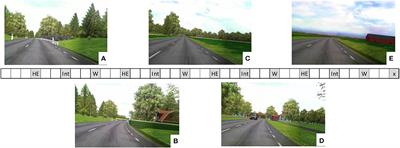
REVIEW
Published on 23 Dec 2021
SYSTEMATIC REVIEW
Published on 14 Dec 2021
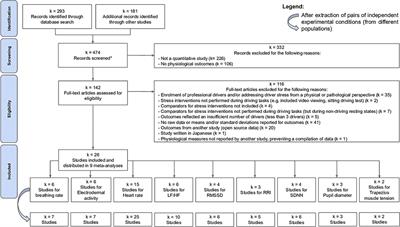
PERSPECTIVE
Published on 08 Dec 2021
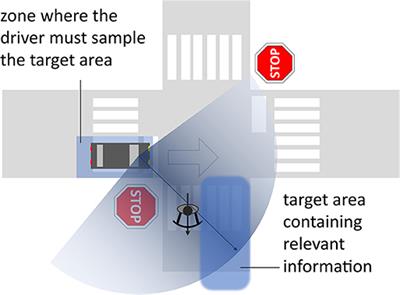
PERSPECTIVE
Published on 29 Nov 2021
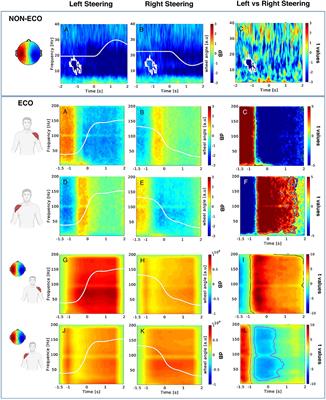
ORIGINAL RESEARCH
Published on 22 Nov 2021

PERSPECTIVE
Published on 19 Nov 2021
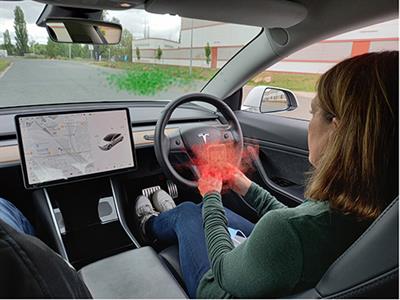
PERSPECTIVE
Published on 28 Sep 2021
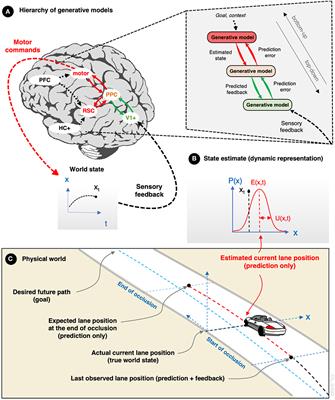
ORIGINAL RESEARCH
Published on 14 Sep 2021
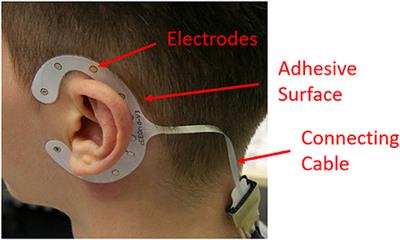
ORIGINAL RESEARCH
Published on 13 Aug 2021
